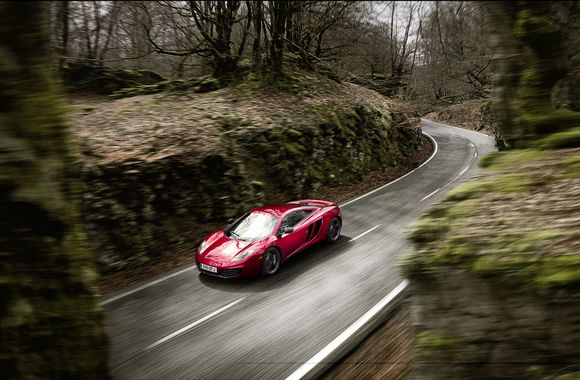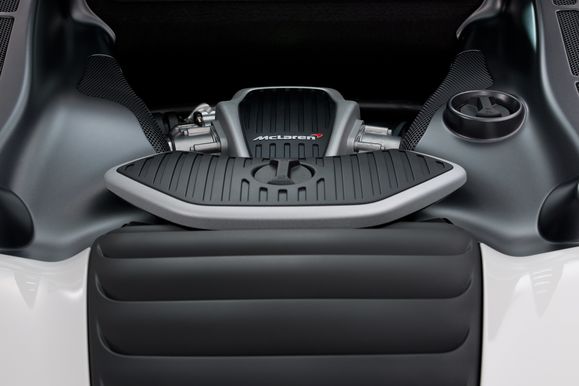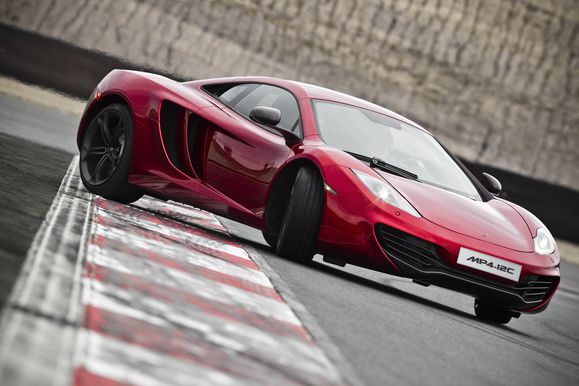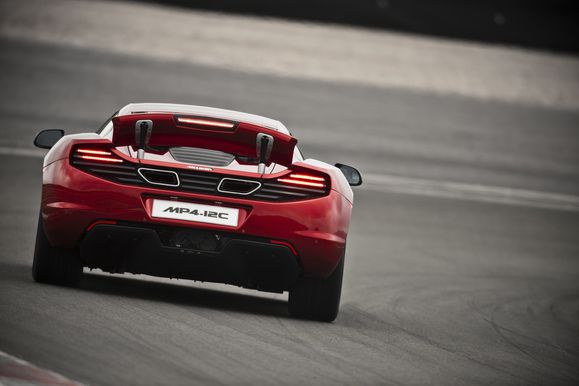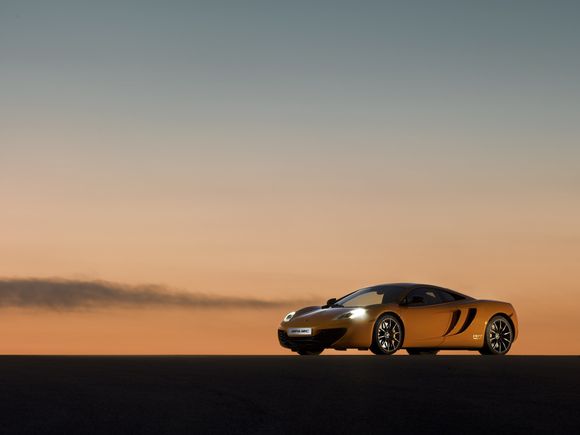 En l’espace de quelques semaines, les 5 magazines majeurs de la presse automobile anglaise ont passé en revue la MP4-12C, bien souvent en face des ses concurrentes, notamment (et essentiellement) la Ferrari 458 Italia. Pour tous les fans de la MP4-12C, dont je fais partie, le verdict est dans l’ensemble sans appel et peu en faveur de la McLaren, avec 6 victoires sur 6 de la Ferrari (et ce dans Autocar, Car, Evo, Top Gear et Auto Express, ainsi que sur 5th Gear à la télé). Plus dérangeantes sont les 4.5 étoiles sur 5 attribuées par Evo et Autocar, pour une voiture qui se présentait comme « game changing » et qui donc devait réécrire les règles du jeu dans le monde des supersportives/supercars. Pourquoi cela ?
En l’espace de quelques semaines, les 5 magazines majeurs de la presse automobile anglaise ont passé en revue la MP4-12C, bien souvent en face des ses concurrentes, notamment (et essentiellement) la Ferrari 458 Italia. Pour tous les fans de la MP4-12C, dont je fais partie, le verdict est dans l’ensemble sans appel et peu en faveur de la McLaren, avec 6 victoires sur 6 de la Ferrari (et ce dans Autocar, Car, Evo, Top Gear et Auto Express, ainsi que sur 5th Gear à la télé). Plus dérangeantes sont les 4.5 étoiles sur 5 attribuées par Evo et Autocar, pour une voiture qui se présentait comme « game changing » et qui donc devait réécrire les règles du jeu dans le monde des supersportives/supercars. Pourquoi cela ?
Tuons tout de suite dans l’œuf la polémique très présente sur internet concernant les Ferrari 458 testées, qui n’auraient pas été réellement de série… la suspicion existe depuis de nombreuses années, la question n’est pas vraiment là car la McLaren a « déçu » aussi en dehors des comparatifs et pas nécessairement selon des critères directement mesurables. Alors quelles sont les raisons de ce relatif échec ?
Tout d’abord, un manque de maturité pour les voitures testées, qui étaient encore des véhicules de pré-production. Ainsi, la voiture testée par Car a eu un problème d’hydraulique lors du test sur circuit, Georg Kacher, journaliste dans le même magazine a rapporté de grosses différences de comportement entre les voitures et un article de Classic Driver parle de problèmes en cours de traitement au niveau de la direction – une direction qui justement a été critiquée à plusieurs reprises pour son relatif manque de touché. C’est surprenant pour une entreprise comme McLaren qui semble pourtant essayer de tout mettre sous le plus strict contrôle et laisser peu de chances au hasard ou à l’imprévu et pourrait être désastreux pour le lancement d’un nouveau véhicule.
Un autre reproche concerne le touché des freins céramiques, qui équipaient la majorité des véhicules testés, et qui ne semblent pas être au niveau de ceux de la concurrence, avec un manque de dosage.
Pour rester dans la dynamique du véhicule, le comportement routier, qui d’après les premiers contacts devait constituer un des points forts de la voiture, a lui aussi déçu lors de ces essais détaillés. Tout d’abord, alors que tout le monde s’attendait à des temps sur circuit éclipsant de loin ceux de la concurrence, il n’en fut bien souvent rien. Ensuite, certains journalistes ont trouvé la voiture rétive et sont même allés jusqu’au tête-à-queue. La raison semble être l’orientation prise par McLaren d’introduire le Brake Steer, qui impose une conduite particulière à la voiture et oblige les conducteurs à conserver les aides électroniques actives… ce que les journalistes, surtout en Grande-Bretagne, n’apprécient guère. Lorsque l’on se plie aux contraintes imposées par McLaren, la voiture semble devenir d’une efficacité bluffante (Autocar notamment l’a reporté)… un peu comme une certaine Nissan GT-R, qui après avoir soulevé une certaine unanimité, se trouve elle aussi maintenant critiquée de l’autre côté de la manche pour son côté aseptisé.
On en vient à la dernière critique majeure adressée à la voiture : son manque d’âme. Moteur trop silencieux, comportement trop policé… c’est sûrement efficace, mais pour cette catégorie de voitures, il semblerait que le client (ou bien pour le moment le journaliste essayeur) attende autre chose : une âme. Et si une Ferrari 458 en regorge, il semblerait que celle-ci fasse défaut à la McLaren.
Pour finir sur une note positive, on peut tout de même faire remarquer que les suspensions n’ont pas démérité et constituent toujours le point fort de la voiture, qui peut être conduite en tout confort sur tout type de route, ce qui fait d’elle le choix idéal pour une supersportive à conduire tous les jours. Evo a toutefois noté certaines inconsistances de la suspension par moments, peut-être un problème de mise au point.



